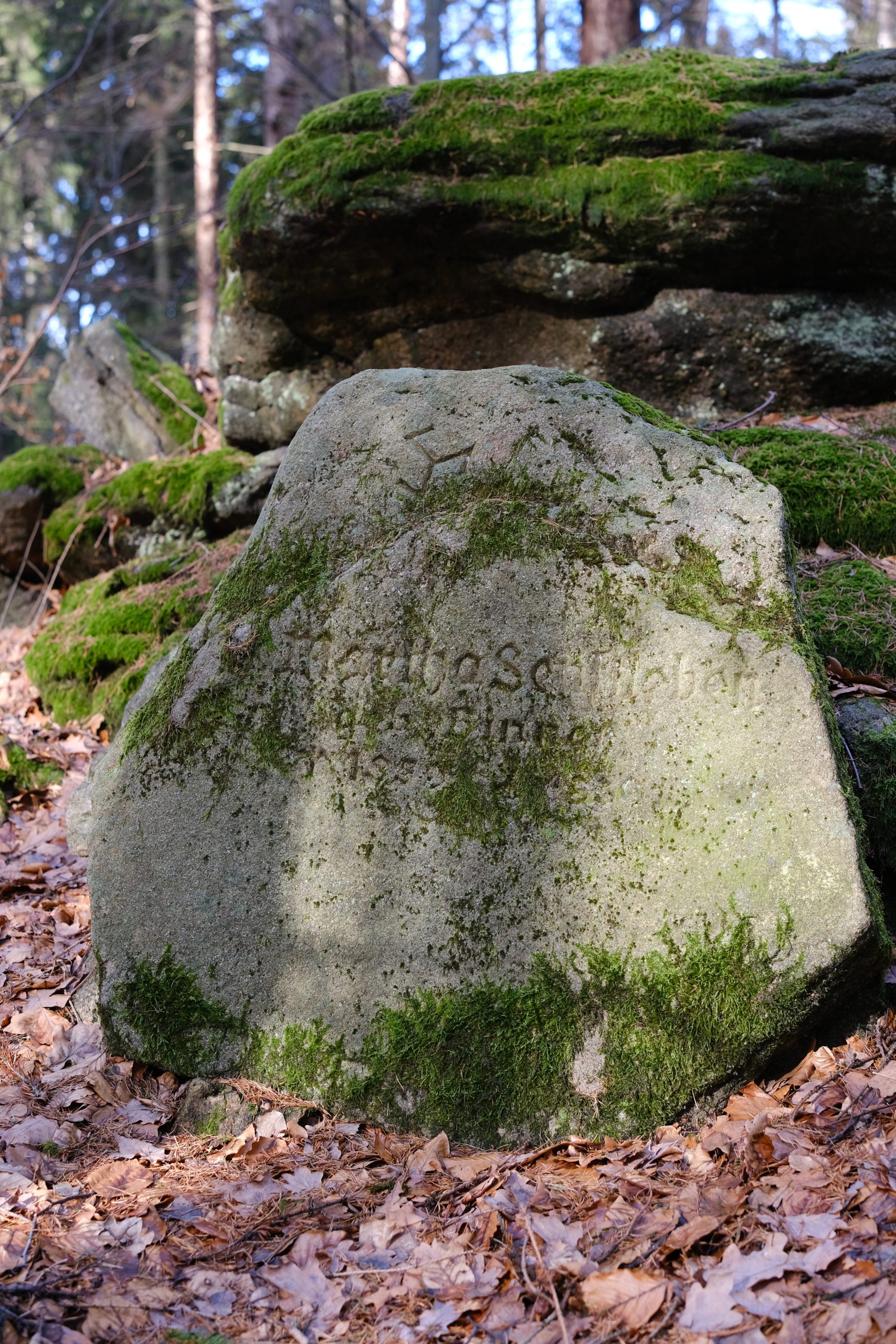
Tombstone of Martha Senftleben at the cemetery between Michałowice and Piechowice / Photo by Marta Maćkowiak
Martha Binner was born in Niemcza (Nimtsch) on October 1st, 1859, as the daughter of Herman Oswald Binner, a master painter, and Ernestine Dorothy née Burgstadt, both Evangelicals. She married Bruno Senftleben, a technician from Świdnica (Schweidnitz). The couple settled in his hometown and had one son, Herbert, and one daughter, Margarethe. The years 1916 and 1917 proved tragic for Martha – first her husband passed away, followed shortly by her 22-year-old son, who died on August 8th, 1917, on the front in Bukovina. Interestingly, Herbert’s death was registered in Piechowice, where he was said to reside before his death, while according to the record, his mother still lived in Świdnica. I suspect he might have been staying with his sister, who married Alfred Georg Poludniok, a writer, in Piechowice in 1915.
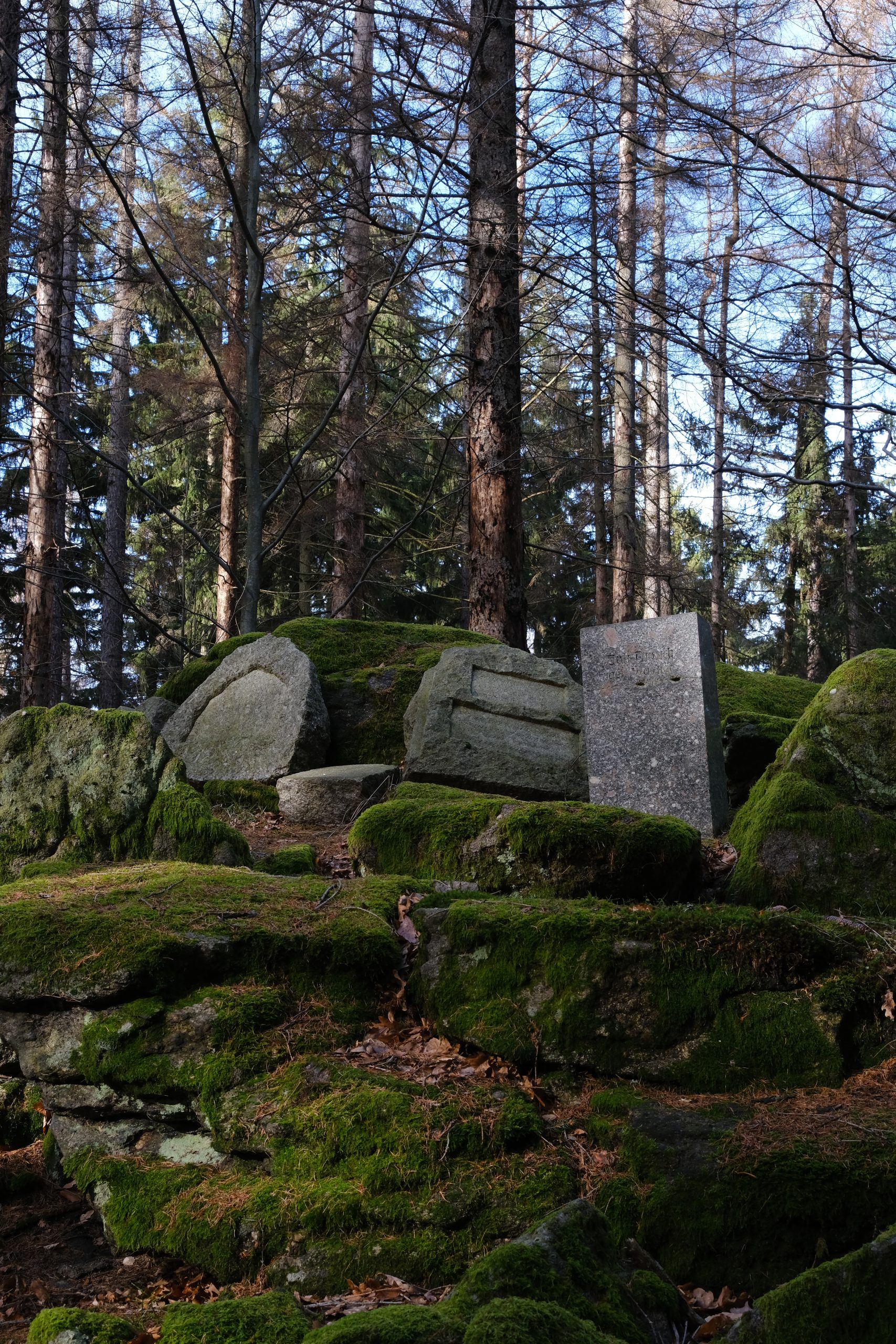
Gravestones at the cemetery between Michałowice and Piechowice / Photo by Marta Maćkowiak
Going back to Martha – we know she passed away on December 25th, 1939. According to her death certificate, she passed away in her apartment in Piechowice (Petersdorf) 96, and her religion was listed as… Deutsche Gotterkenntnis, which literally translates to German Knowledge of God. And now the most intriguing part begins.
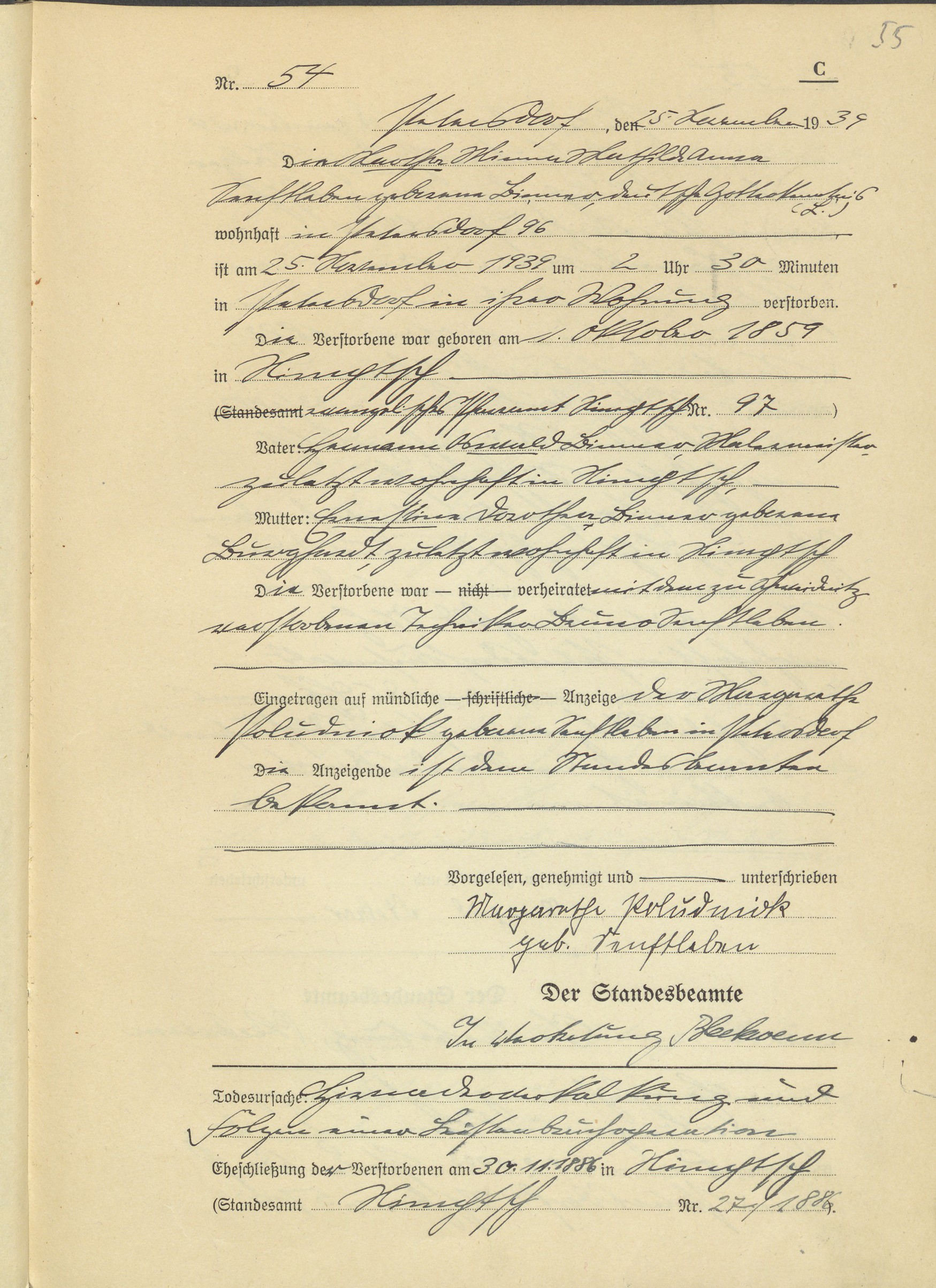
Death certificate of Martha Senftleben / Source: The State Archive in Wrocław, Jelenia Góra branch
The religious movement Deutsche Gotterkenntnis was established by the controversial General Erich Ludendorff and his wife Mathilde von Kemnitz (Spiess). In the early 1920s, Erich was dubbed “the most dangerous man in Germany” and by others – the forefather of Nazism. He was the author of the controversial book “The Total War”, wherein he asserted that Germany’s fundamental objective was perpetual war and conquest.
In 1924, Erich established the Tannenbergbund association, which focused on political activities and “promoted a mystical pantheism with a Germanic-racist flavor.” In 1926, he married his second wife, Mathilde, a psychiatrist, who took charge of the religious aspect of Tannenbergbund – Deutschvolk, founded in 1930. Mathilde formulated its ideological principles, which were pantheistic, anthropocentric, and nationalist. The movement was extremely right-wing, anti-Semitic, and anti-Christian, to the point that even the NSDAP was considered too soft on this faith for them. Despite her involvement in the volkist movement, Mathilde opposed occultism and astrology, labeling them as a “Jewish distortion of astronomy,” and criticized theories suggesting the Indo-European origin of Germans. She aimed to create a new, genuine German religion.
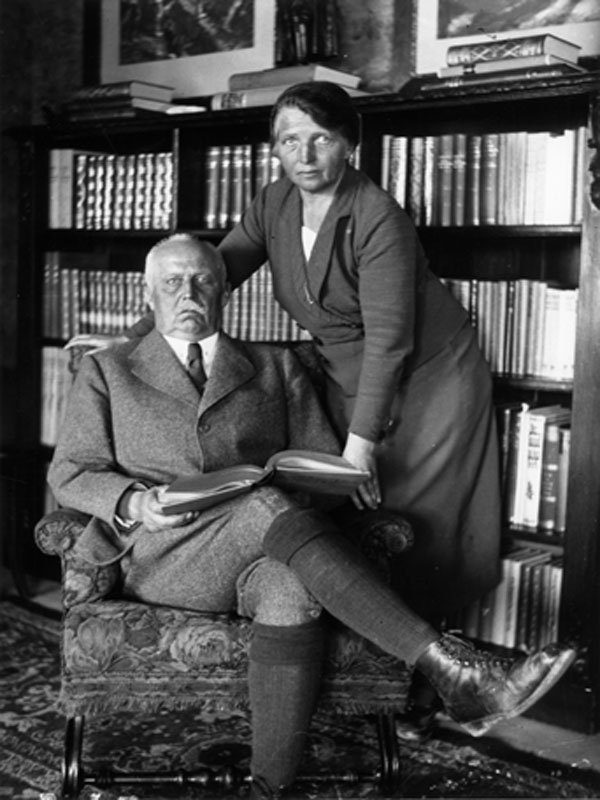
Erich and Mathilde Ludendorff
Because some of her views were extremely radical and bordering on conspiracy theories, the movement wasn’t universally regarded as credible. Mathilde Ludendorff asserted, among other things, that the Dalai Lama was guiding Jews in their supposed efforts to undermine Germany through Marxism, Catholicism, capitalism, and Freemasonry. She argued that Christian beliefs were incompatible with the Aryan ideal and that the Bible and Christianity themselves were fraudulent.
Despite this, in the early 1930s, the community boasted 320 local groups comprising approximately 15,000 members across the Reich. In 1933, the movement was outlawed by the authorities, but just 4 years later, in 1937, Erich gained approval to revive the religious movement, this time under the name Deutsche Gotterkenntnis, which continued the legacy of Deutschvolk. Consequently, German Knowledge of God became a state-sanctioned belief.
Erich passed away at the end of that same year. Meanwhile, in 1951, Mathilde established the Association for Gotterkenntnis, which had 12,000 members, and in 1955, she also founded a school. The association faced another ban from 1961 to 1977. It continues to operate today; as of 2010, it reportedly had around 240 members.
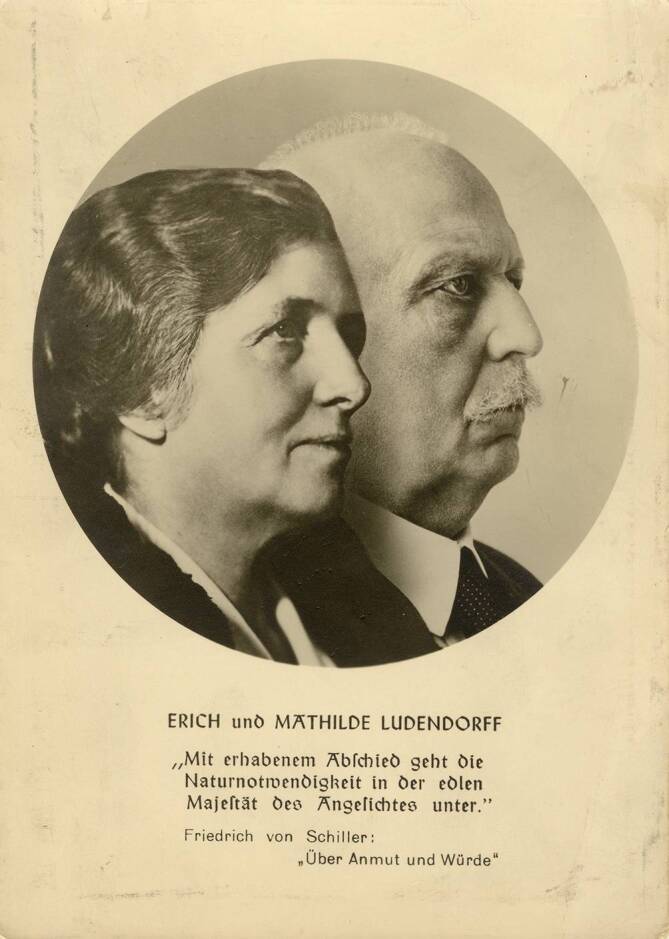
Erich and Mathilde Ludendorff
And circling back to the Karkonosze Mountains – new findings raise new questions. How did Martha become involved with Deutsche Gotterkenntnis? Could it be linked to her son-in-law’s artistic profession? Where did the community meetings take place? Did all those buried in Michałowice belong to the same movement, or perhaps different ones? Hopefully, we’ll uncover the answers soon!
Impressum:
Design: lukaszhajduk.com
Code: tomhajduk.com
Photo: @kasia_kaleta
Polityka prywatności
Regulamin sklepu
All rights reserved ® Marta Maćkowiak 2025